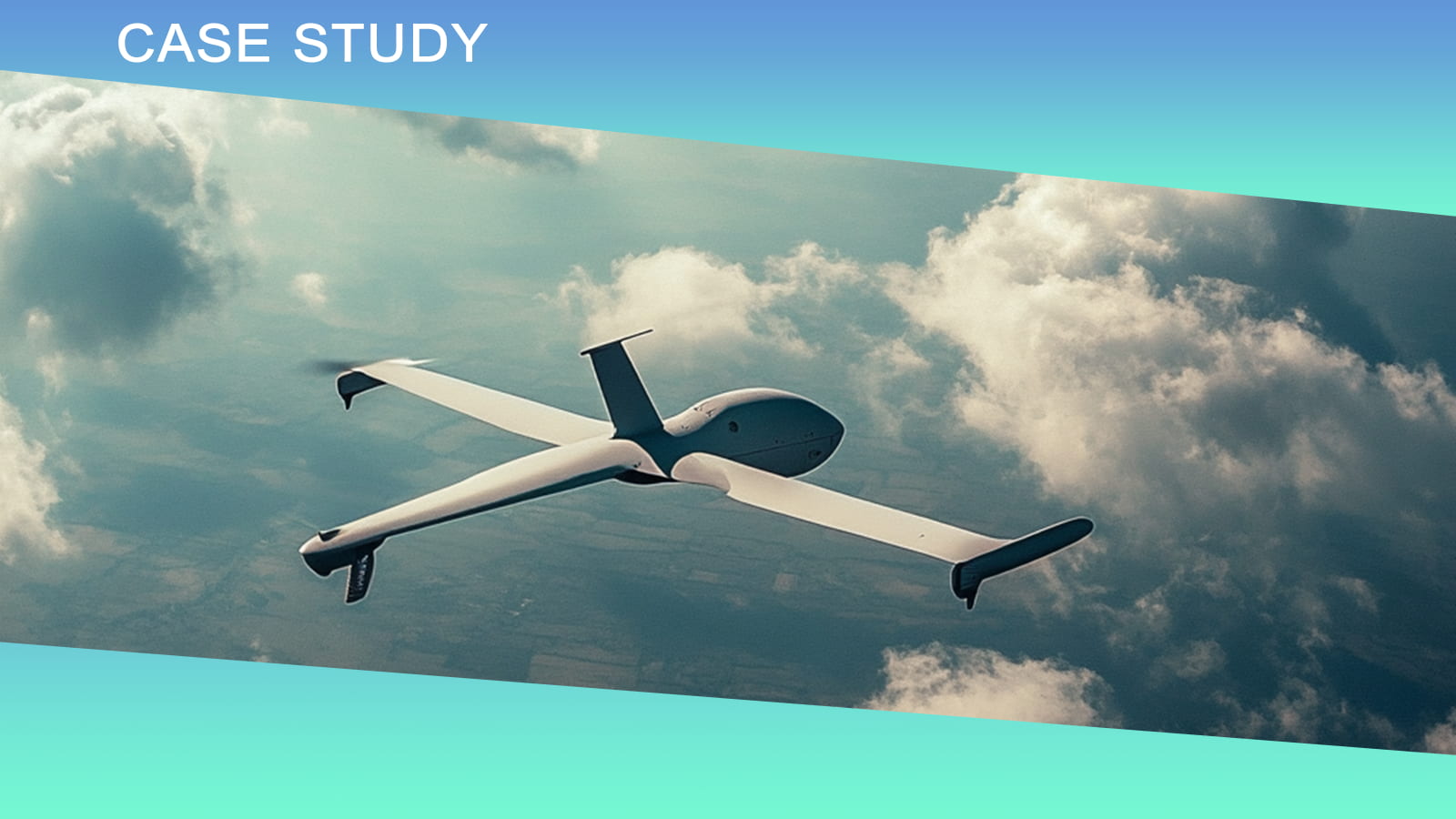Innovative Application of Wireless Inclination Sensors in Aircraft Wing Deflection Measurement | High-Precision Real-Time Detection Solution
Apr 28, 2025
Discover how wireless inclination sensors revolutionize the measurement of aircraft wing surface deflection. Through the optimization of the dual-axis error model and the wireless real-time system, achieve 0.05° accuracy and efficient installation, enhancing aircraft manufacturing efficiency and safety.
In the field of aircraft manufacturing, the precise control of wings and control surfaces directly affects flight performance and safety. With the popularization of modular assembly technology, how to quickly and efficiently detect the deflection angle of moving wing surfaces has become a key challenge for improving production line efficiency. Traditional detection methods rely on complex mechanical fixtures and wired sensors, which are cumbersome to install and time-consuming, and thus difficult to meet the modern high-precision and real-time production requirements.Today, we will deeply explore an innovative solution based on wireless inclination sensors, which not only simplifies the installation process but also pushes the measurement accuracy to a new level through improved error models and calibration algorithms.
1. Technical Challenges: Why Wireless Inclination Sensors Are Needed?
The detection of deflection angles of aircraft movable surfaces (such as flaps and ailerons) faces multiple challenges:Installation complexity: Traditional methods require customizing multiple mechanical fixtures, which are time-consuming and labor-intensive for workers.Lack of real-time performance: Wired sensors' wiring limits mobility and makes it difficult to adapt to dynamic testing scenarios.High precision requirements: The deflection angle of the wing surfaces needs to be controlled within 0.05°, and high-frequency sampling (>10Hz) is required.Although existing methods (such as laser tracking and inertial measurement) have their own advantages, they often struggle to balance portability, precision, and cost. However, the emergence of wireless inclination sensors provides a better solution to this problem.
2. Solution: Dual-axis Error Model and Breakthrough in Wireless Systems
(1) Optimization of Dual-axis Spatial Angle Error Model
For the scenario where the wing surface deflects around the horizontal axis, the research team proposed an improved dual-axis measurement error model:Introducing new error variables to solve the calibration problem when the sensor installation plane is not parallel.Using an automatic calibration algorithm in software, the sensor output error is controlled within the allowable range (<0.05°).This optimization significantly improves the measurement stability under complex conditions, especially for dynamic tests of large-sized wing surfaces.
(2) Wireless Communication and Real-time Visualization System
The system adopts wireless transmission protocols (such as Modbus) to completely break free from the constraints of wired cables:Installation is convenient: No wiring required. Sensors can be installed and used immediately, reducing the complexity of on-site operations.Real-time feedback: Data, curves, and three-dimensional models are displayed synchronously, providing intuitive monitoring of the wing surface motion state.High-frequency acquisition: The data update rate exceeds 10Hz, ensuring the accurate capture of dynamic processes.
(3) Error Coupling Analysis and Future Directions
The current model has considered installation errors, but in practical applications, various errors (such as temperature drift, mechanical vibration) may have coupling effects. The next research plan is to further enhance the comprehensive accuracy of the calibration model through systematic error identification.
3. Practical Application: Dual Enhancement of Efficiency and Precision
In a large-scale aircraft wing surface test, this system has been verified on-site:Efficiency Enhancement: The wireless solution has shortened the calibration time by 50% and reduced the worker operation steps by 70%.Precision Assurance: The deflection angle measurement error is less than 0.05°, meeting the requirements for high-precision assembly.Extensive Adaptability: The system supports multi-sensor networking and can be adapted to different aircraft models and wing surface types.
4. Technical selection recommendation: High-precision wireless inclinometer
Micro-Magic's two very popular wireless tilt sensors, T7000-I accuracy can reach 0.001°, resolution 0.0005°, T7000-K accuracy moderate 0.1°, resolution 0.01°, you can choose according to your own needs, If you are interested in our wireless tilt sensors, please feel free to contact us.
5. Conclusion
The breakthrough in wireless tilt sensor technology not only provides a more efficient tool for wing surface detection of aircraft but also opens up new ideas for industrial automated measurement. In the future, with the continuous optimization of error models and the integration of 5G technology, this solution is expected to play a key role in more dynamic scenarios.If you have any questions about technical details or sensor selection, please feel free to leave a message for communication! We look forward to exploring the infinite possibilities of intelligent measurement together with you.
T7000-I
(Low power) Full Temperature Compensation High-Precision Wireless Transmission Tilt Sensor
T70000-K
Wireless transmission inclination sensor


 دعم الشبكة
دعم الشبكة
